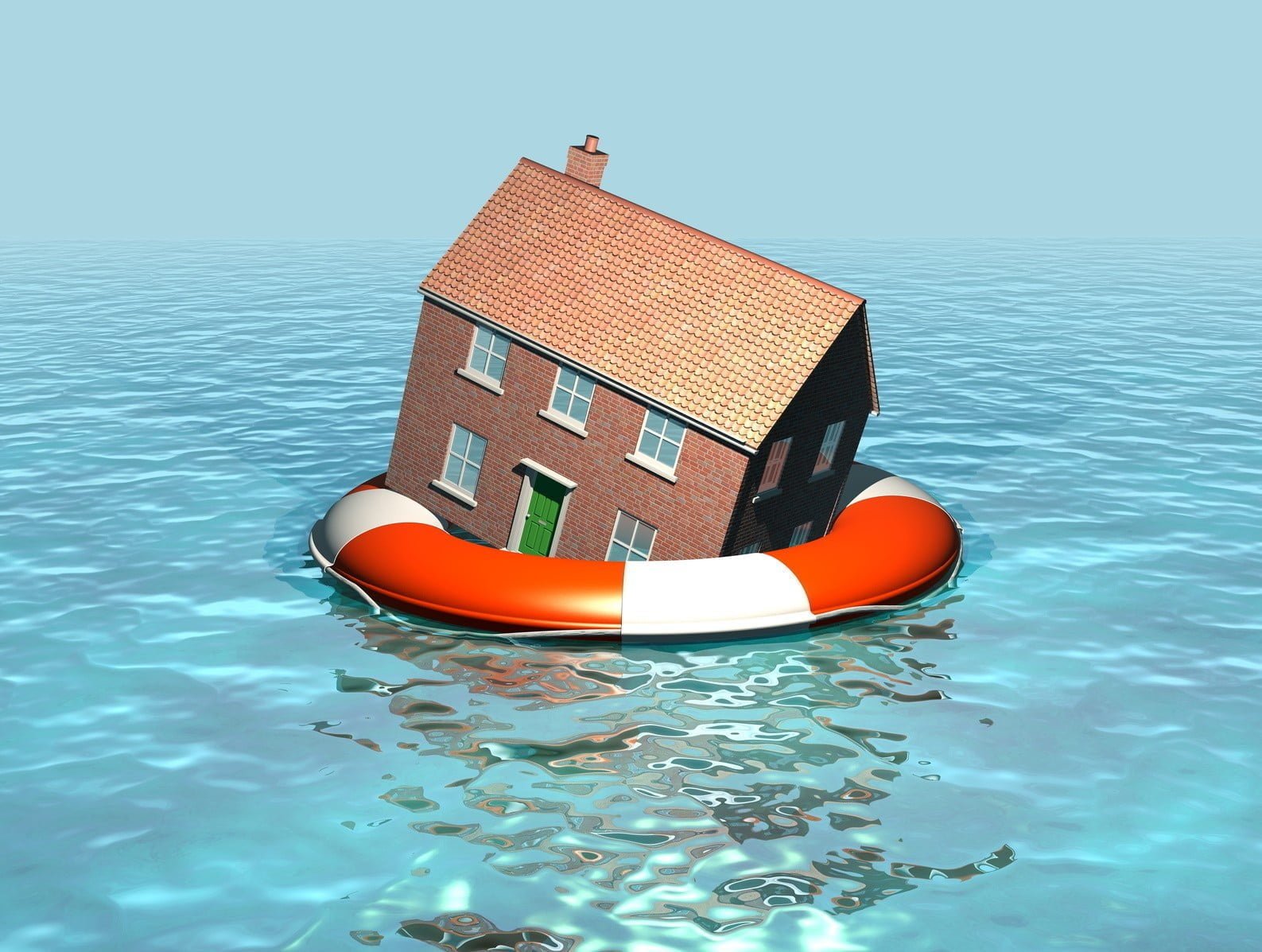The hazard insurance part of ordinary homeowners insurance plans does not cover floods from external natural sources, such as strong rainstorms, or man-made ones, like a dam failure. Only specially defined flood insurance, a separate insurance policy, can cover that sort of devastation or damage.
In locations considered low-risk for flooding, homeowners with mortgages may not be required to purchase flood insurance. For homeowners with mortgages in high-risk flood zones, it may even be an option, depending on the sort of loan they have. However, if a homeowner takes out a federally regulated or insured mortgage, they will be obliged to purchase flood insurance. It’s common for homeowners to pay for flood insurance every year until they’ve paid off their mortgage in the event of a flood.

Taking up a mortgage entails putting your house up as collateral in case you default on your payments. This means that lenders typically have more of an interest in the property than do borrowers. If a flood damages one of the lender’s assets and the borrower abandons the home, the lender is in a losing position. Many lenders require homeowners to get flood insurance as a way of reducing the danger of flooding.
If your house is damaged or destroyed by water, flood insurance will pay for the repairs or even a new construction. The homeowner will only be responsible for the deductible if they file a claim. This means the homeowner will be able to keep their home and continue making mortgage payments, and everyone will be satisfied.
What Is the Process of Flood Insurance?
Similar to other types of insurance, flood coverage works in the same way. Annual premiums are set by the flood risk of the property and the deductible that the insured—the homeowner—desires to pay. The homeowner receives cash for the amount of money needed to repair the damage, up to the policy limit, if the property is damaged or destroyed as a result of flooding.
Every year, the homeowner must renew their flood insurance coverage in order to cover the loan’s principal sum. Payments for flood insurance are usually collected along with monthly mortgage payments by the lender. The funds are then held in an escrow account until the annual premium payment is made to the insurance company. As a result, there may be no further action required by the homeowner other than making monthly mortgage payments. Personal belongings can be insured separately for up to $100,000.
How to Get a Flood Insurance Policy
Homeowners in communities participating in the FEMA-managed National Flood Insurance Program (NFIP) are eligible for flood insurance coverage. Participants in the program must “adopt and enforce floodplain management regulations that help reduce the risk of flooding,” according to a program statement. A small discount on flood insurance is available through this program as well, in exchange for communities taking steps to reduce flood risk.
Private insurance companies, not FEMA, are the ones who actually issue the policies. On the FEMA website, you can find a participating insurance company. Instead, seek advice from people you know in your neighborhood, including members of your family and coworkers.









